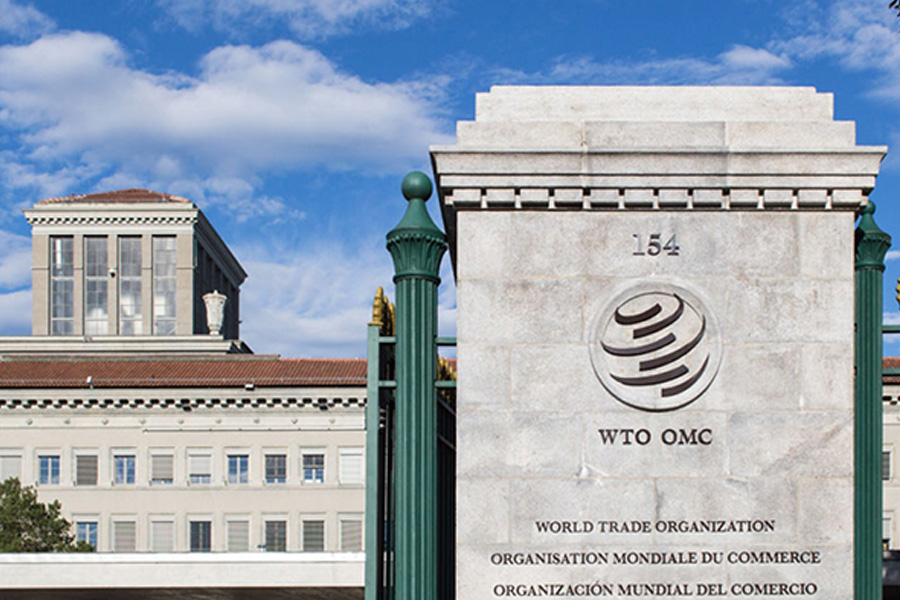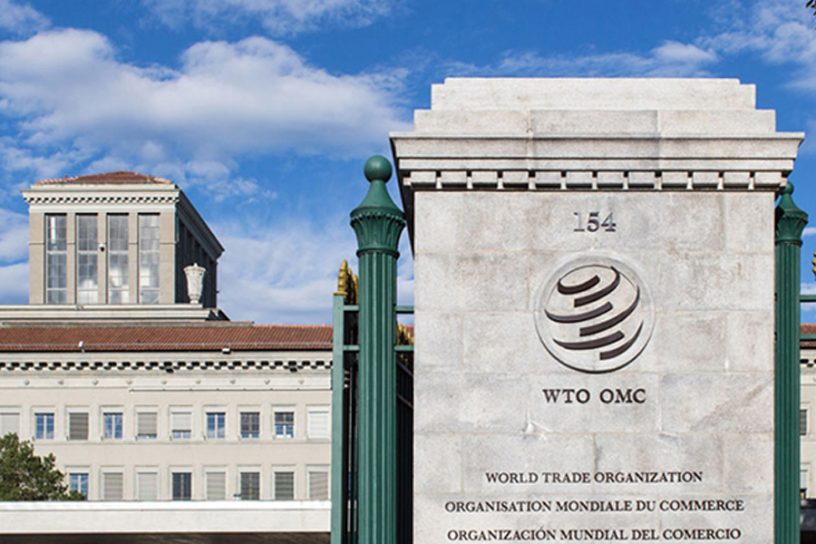
This dynamically changing world requires the restructuring of the multilateral system to ensure thorough cooperation among nation states that would ultimately help sculpt innovative solutions for addressing modern problems.
Authors
Neha Khetrapal, Associate Professor, Jindal Institute of Behvaioural Sciences, O.P. Jindal Global University, Sonipat, Haryana, India.
Summary
Crafted to promote cooperation among nation states, the multilateral system grew into prominence after World War II and found expression through a variety of forums, e.g. the United Nations, NATO and the World Bank (to name only a few).1 With the advent of the 21st century, the multilateral system that had – thus far – helped maintain the liberal international order is gradually being criticised for not yielding the “desired” results. However, we live in a world that is politically, culturally, technologically and economically more complex than the post-war era.
Such a dynamically changing world, marked by transnational challenges that encompass terrorism, pandemics and nuclear proliferation, requires the restructuring of the multilateral system to ensure thorough cooperation among nation states that would ultimately help sculpt innovative solutions for addressing modern problems.
Published in: Alumni Publication, Geneva Centre for Security Policy, Switzerland
To read the full article, please click here.


